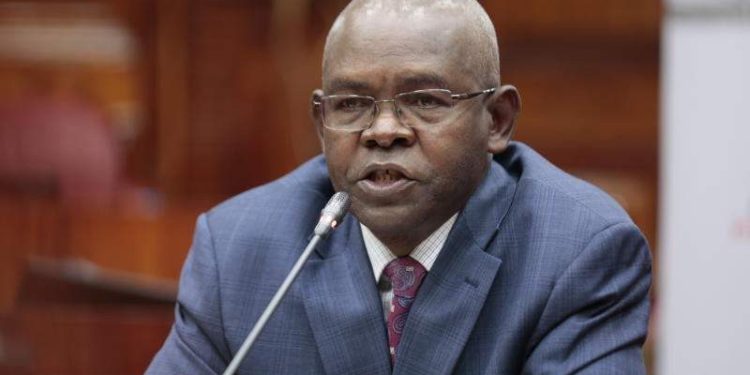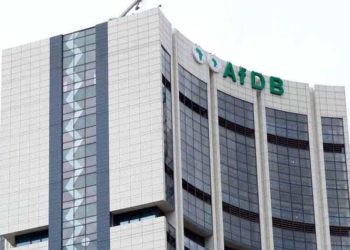The recent decision by the Monetary Policy Committee (MPC) to lower the Central Bank Rate (CBR) to 12.75%, from 13.00% in August 2024 is expected to have several significant impacts on the Kenyan economy.
This move is aimed at stimulating economic activity by making borrowing cheaper, thereby encouraging investment and consumption. One of the expected immediate effects of the rate cut is a reduction in the cost of borrowing. Commercial banks are likely to lower their lending rates, making loans more affordable for businesses and individuals. This can lead to an increase in credit uptake, particularly among small and medium-sized enterprises (SMEs), which are often more sensitive to changes in interest rates.
Increased borrowing can help businesses expand, invest in new projects, and hire more employees, thereby boosting economic growth. Notably, credit extended to the private sector recorded an historical low growth rate of 4.0% in June 2024, highlighting the current low capital extension to the private sector.
For consumers, lower interest rates mean cheaper loans for purchasing homes, cars, and other big-ticket items. This can lead to a rise in consumer spending, which is a critical component of economic growth. Additionally, with more affordable credit, households may be more inclined to take out loans for education, healthcare, and other essential services, improving overall living standards.
The reduction in the CBR is also expected to have a positive impact on the real estate market. Lower mortgage rates can make home ownership more accessible to a larger segment of the population, potentially leading to increased demand for housing. This can stimulate construction activity, creating jobs and contributing to economic growth. Further, this is also expected to lower the high non-performing loans in the construction industry.
On the flip side, lower interest rates can have implications for savers. With reduced returns on savings accounts and fixed deposits, individuals may seek alternative investment opportunities that offer higher returns. This could lead to increased activity in the stock market and other investment avenues, potentially driving up asset prices.
Inflation is another critical factor to consider. The MPC’s decision to lower the CBR was partly influenced by the need to keep inflation within the target range. By making borrowing cheaper, the central bank aims to support economic activity without triggering excessive inflation.
However, if the increase in demand outpaces supply, it could lead to upward pressure on prices. The MPC will need to closely monitor inflationary trends and be prepared to adjust the CBR if necessary to maintain price stability.
The exchange rate is another area that could be affected by the rate cut. Lower interest rates can lead to a depreciation of the Kenyan shilling as investors seek higher returns in other currencies. A weaker shilling can make imports more expensive, contributing to inflationary pressures. However, it can also make Kenyan exports more competitive in international markets, potentially boosting export revenues.
Overall, the MPC’s decision to lower the CBR to 12.75% is expected to stimulate economic activity by making borrowing cheaper and encouraging investment and consumption. While there are potential risks, such as inflationary pressures and exchange rate volatility, the central bank’s proactive approach aims to balance these factors to support sustainable economic growth. The coming months will be crucial in assessing the full impact of this policy change on the Kenyan economy.

















